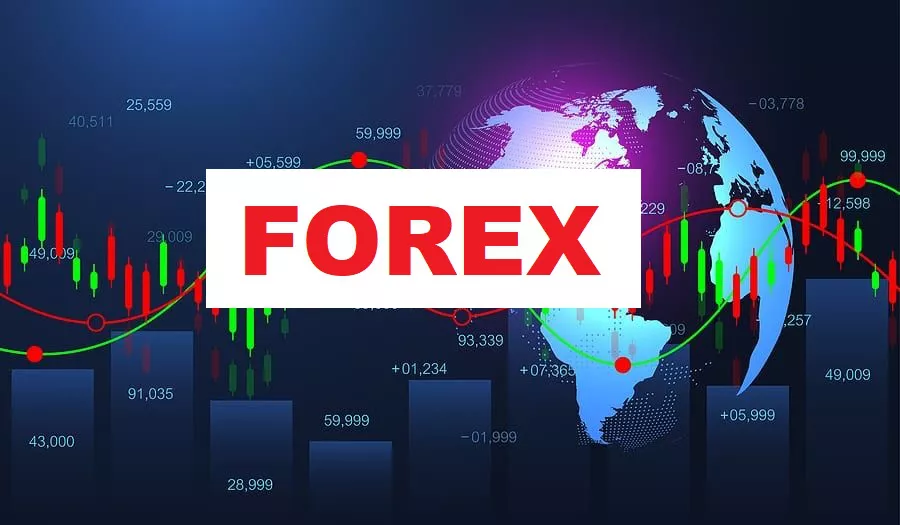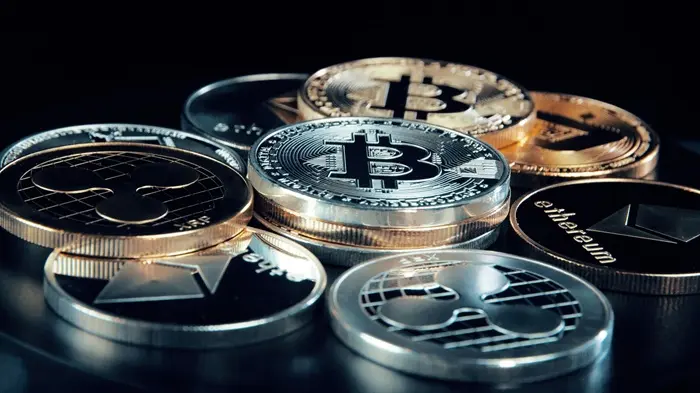MUMBAI, May 2025 — The Indian rupee (INR) posted modest gains against the U.S. dollar (USD) on Monday, snapping a five-day losing streak. The USD/INR exchange rate dipped to around 85.50, driven by a weaker dollar and lower global crude oil prices. However, persistent foreign capital outflows and importer demand for the dollar continue to weigh on the Indian currency.
U.S. Credit Rating Downgrade Pressures the Dollar
The dollar came under renewed pressure after Moody’s Investors Service downgraded the U.S. credit rating from Aaa to Aa1, citing a worsening fiscal outlook. The agency expects U.S. federal debt to balloon from 98% of GDP in 2023 to 134% by 2035, fueled by rising interest payments, increased entitlement spending, and weakening tax revenues.
The downgrade aligns Moody’s rating with Fitch (2023) and Standard & Poor’s (2011). The U.S. Dollar Index (DXY) declined to 100.60, further softening the greenback’s appeal.
U.S. Economic Data Points to Possible Fed Rate Cuts
Further downward pressure on the dollar came from disappointing economic data. The University of Michigan’s consumer sentiment index dropped to 50.8 in May, the lowest since June 2022 and the fifth straight monthly decline. Analysts had forecasted an improvement to 53.4, but weak consumer outlook now strengthens expectations of a Federal Reserve rate cut later this year.
Oil Price Decline Lifts the Rupee
India, the world’s third-largest oil importer, stands to benefit from declining oil prices, which reduce the national import bill and ease pressure on the rupee. Crude prices dropped amid renewed hopes of progress in U.S.-Iran nuclear talks. Iran’s president confirmed ongoing negotiations with Washington while asserting the country’s nuclear rights.
Easing Global Tensions Support Market Optimism
Markets were buoyed by a proposed U.S.-China trade deal, under which the U.S. would cut tariffs on Chinese goods from 145% to 30%, and China would lower tariffs on U.S. imports from 125% to 10%. Investors were also encouraged by news of upcoming talks between U.S. President Donald Trump and Russian President Vladimir Putin aimed at de-escalating the conflict in Ukraine.
In India, the Sensex rose 3.6% last week, driven by easing tensions with Pakistan, strengthening India-U.S. trade prospects, and optimism around domestic interest rate cuts.
India-U.S. Trade Talks in Focus
A high-level Indian delegation, led by Commerce and Industry Minister Piyush Goyal, is currently visiting Washington to meet with U.S. Trade Representative Jamison Greer and Commerce Secretary Howard Lutnick. The delegation is expected to revive talks on a proposed India-U.S. bilateral trade agreement, further boosting sentiment around the INR.
USD/INR Technical Outlook: Mixed Signals
Despite a modest pullback, technical indicators remain bullish for the USD/INR pair:
The pair trades near 85.50, within a rising channel.
The 14-day RSI remains above 50, indicating underlying bullish momentum.
Key resistance stands at 85.90 (monthly high from May 9). A break above could send the pair toward 86.40, the top of the ascending channel.
Immediate support lies at 85.30 (9-day EMA), followed by 85.10 (channel base). A drop below this could trigger a deeper correction toward 83.76, the eight-month low.
In summary, while the rupee gained slightly amid favorable global factors, structural headwinds such as capital outflows and import demand continue to limit INR upside. The outlook for USD/INR will depend on the balance between global risk sentiment, Fed policy expectations, and developments in India-U.S. trade negotiations.
Related topics:

































